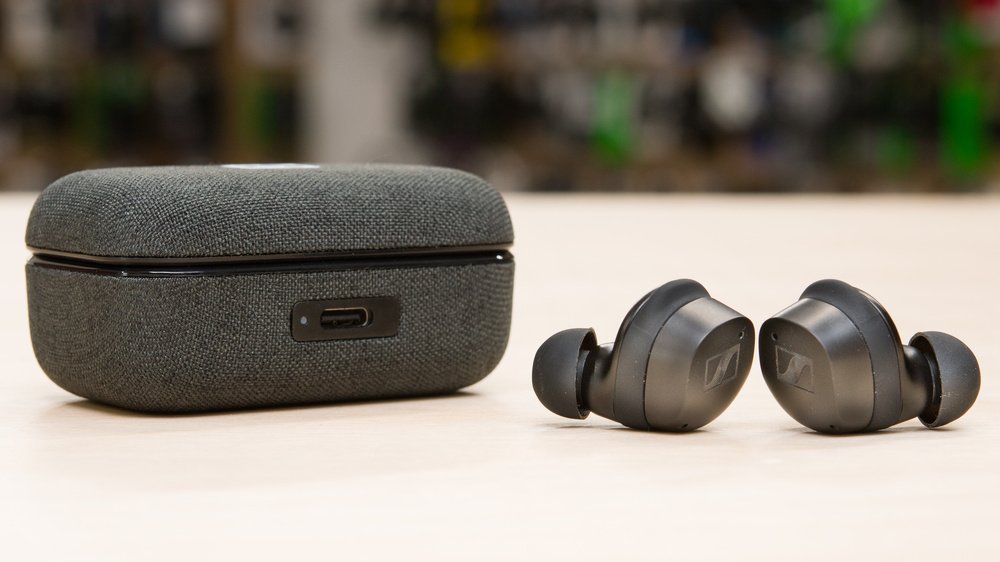
Intro
Samsung Customer Service Number, Are you tired of dealing with outdated home technology and struggling to manage your smart devices effectively? If so, you’re not alone. Many individuals face difficulties in navigating the ever-evolving world of technology, which is why having access to a reliable customer service number can make all the difference. In this blog post, we will take a deep dive into the Samsung customer service number, exploring its pros and cons, as well as sharing personal experiences to help you make an informed decision.
Navigating the Initial Contact
Embarking on your journey with Samsung customer service begins the moment you decide to dial their number. This initial step should be as smooth and hassle-free as possible, providing a positive start to your experience. The design of their contact process aims to be intuitive, guiding you toward connecting with a support representative without unnecessary hurdles. Yet, it’s important to approach this with patience, as the simplicity of the system is sometimes overshadowed by the complexity of choices presented in the phone menu. The anticipation of reaching out for help is met with a carefully constructed pathway, designed to direct your call efficiently. In this phase, the focus is on reducing the time it takes to get from your initial dial-in to speaking with someone who can assist, acknowledging the value of your time and the urgency of your tech concerns.
The Quality of Assistance Provided
At the heart of any customer service experience is the caliber of support received. Samsung’s customer service team is known for its depth of knowledge and capability to provide valuable, accurate assistance when it matters most. The representatives are equipped to navigate complex issues, guiding customers through troubleshooting steps with patience and understanding. This level of expertise is critical in fostering trust and ensuring a resolution that aligns with customer expectations. Although navigating to this point may involve some patience, the quality of the support offered is a testament to Samsung’s commitment to customer satisfaction. Their team’s dedication to delivering meaningful solutions highlights their role not just as problem solvers but as essential partners in the user’s technological journey.
The Pros of Samsung Customer Service
The advantages of reaching out to Samsung customer service are notable and contribute significantly to a positive user experience. One of the foremost benefits is the accessibility of knowledgeable and helpful representatives who are prepared to guide you through any technical difficulties or inquiries with efficiency and understanding. The support structure is designed to provide timely responses, ensuring that your issues are not just heard, but addressed in a manner that respects the urgency of your needs. Further enhancing the customer experience is the availability of a diverse range of support options. Whether you prefer the immediacy of a phone call, the convenience of email, or the real-time interaction of live chat, Samsung accommodates your preferred method of communication. Additionally, the team’s adeptness at troubleshooting and resolving problems is a testament to their commitment to not just meet, but exceed customer expectations. This array of advantages underscores Samsung’s dedication to delivering superior service and support to its users.
The Cons of Samsung Customer Service
While Samsung customer service excels in many areas, it’s not without its challenges. Customers often face long wait times before connecting with a representative, a situation that can escalate frustrations, especially when dealing with pressing tech issues. During peak hours, this problem is exacerbated, with the availability of customer service representatives becoming noticeably limited. The complexity of the phone menu options presents another hurdle, with some users finding the array of choices confusing and daunting. This complexity can deter users from swiftly reaching the assistance they need, complicating what should ideally be a straightforward process. Additionally, the inconsistency in response times for email inquiries can leave customers feeling overlooked and undervalued. These aspects, while not detracting from the professionalism and knowledge of the support team, do pose significant barriers to achieving the optimal customer service experience Samsung strives to provide.
Personal Experience with Samsung Customer Service
Navigating the complexities of today’s technology can often feel like an uphill battle, one that demands not just patience but also a reliable guide. My interaction with Samsung customer service emerged from a moment of tech-induced frustration, an all-too-common scenario in our digital age. After bracing myself for what I anticipated could be an exhaustive ordeal, I was pleasantly surprised. The initial wait time, while noticeable, led to an encounter with a representative whose expertise and demeanor were both reassuring and effective. This conversation was not just about troubleshooting but about genuine problem-solving, tailored to my specific issue. Their approach was methodical and empathetic, recognizing the urgency of my concerns without sacrificing the quality of their assistance. This experience, while marked by some anticipation due to wait times, underscored the importance of having access to knowledgeable support when navigating the intricate world of smart devices and technology.
Response Time and Availability
The essence of any customer support system is reflected in its responsiveness and the readiness to serve its users. Samsung customer service embodies this principle by prioritizing swift response times and broadening its availability, understanding the pivotal role they play in user satisfaction. As technology enthusiasts, the anticipation of resolving tech queries quickly is crucial. Samsung acknowledges this by streamlining their processes to reduce wait times, albeit with varying success during peak periods. The commitment to improving availability spans across various communication platforms, ensuring that help is just a call or click away, regardless of the time or day. This approach demonstrates Samsung’s dedication to not just meeting but anticipating the needs of its users, setting a standard for what accessibility in the digital age should resemble.
Navigating the Samsung Customer Service Phone Menu
When you first reach out to Samsung customer service, you’re met with a phone menu designed to streamline your path to assistance. It’s a crucial juncture where the efficiency of your experience begins to take shape. The menu offers a range of options to ensure that your call is directed to the most appropriate support team. While this specificity is beneficial, it does introduce a complexity that can initially seem daunting. It’s like navigating a well-intentioned labyrinth; each choice you make narrows your path towards a resolution, yet the abundance of options requires a moment of pause. This step, while essential, emphasizes the importance of clear and concise menu prompts. By focusing on this aspect, Samsung can further enhance the user’s journey from the first point of contact, making the process not just efficient but also more intuitive.
Response Time and Wait Periods
Navigating the landscape of customer service, particularly in times of need, can place a significant emphasis on the responsiveness of a company. Samsung’s commitment to serving its customers is evident in their endeavor to minimize wait times, though the reality can sometimes diverge from this ideal, especially during periods of high demand. The variability in wait periods, while a point of frustration for many, is reflective of the balancing act between the volume of inquiries and the availability of knowledgeable staff ready to assist. It’s a dynamic scenario, where efforts to refine and expedite the process are continually underway. This focus on improving response times is a testament to Samsung’s recognition of the value of time and the importance of swift, effective support in enhancing user experience with technology.
Waiting Times and Availability
Navigating the sphere of customer support often hinges on the delicate balance between demand and the timely allocation of resources. Samsung’s customer service, in its quest to be both responsive and effective, continually seeks to refine this equilibrium. The challenge of wait times and the quest for greater availability are recognized elements that Samsung is committed to improving. The experience can vary, with moments of swift assistance contrasted against periods of longer waits, particularly during times of high user engagement. This variability signifies not just the fluctuating nature of customer inquiries but also Samsung’s ongoing efforts to optimize support mechanisms. By focusing on strategic improvements and resource allocation, Samsung endeavors to align their service more closely with the expectations of their tech-savvy audience, ensuring that each interaction moves towards greater efficiency and satisfaction.
Overall Rating and Summary
Reflecting on the journey through Samsung’s customer service landscape reveals a complex picture of expertise and efficiency shadowed by certain logistical challenges. The service shines with its depth of knowledge, offering users a beacon of guidance through the intricate pathways of modern technology. The diversity in communication channels and the commitment to resolution underscore Samsung’s dedication to user satisfaction. However, the thorns among these roses—prolonged wait times and the sometimes labyrinthine phone menu—present opportunities for Samsung to refine their service blueprint. Balancing the scales, it’s clear that while excellence in assistance is a hallmark of their approach, achieving a more seamless initial engagement could elevate the experience further. Considering these insights, my overall rating settles at 3 out of 5 stars. This acknowledges the solid foundation and potential for growth, underscoring a commitment to enhancing accessibility and efficiency in customer support.





